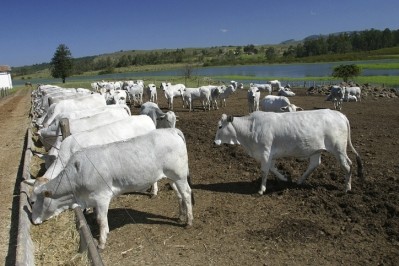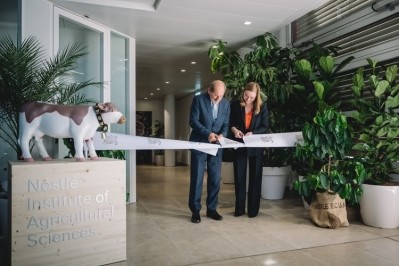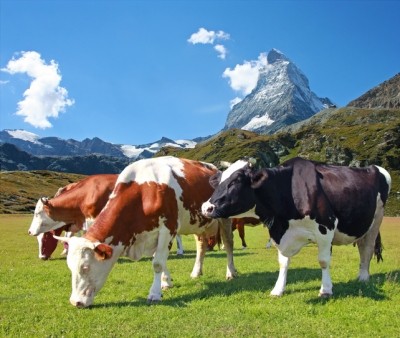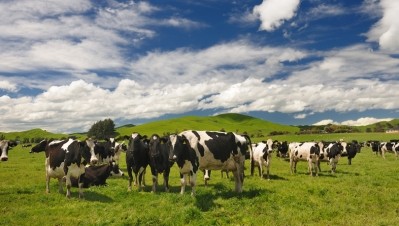Emissions: Nestlé and Fonterra to trial net-zero dairy farm
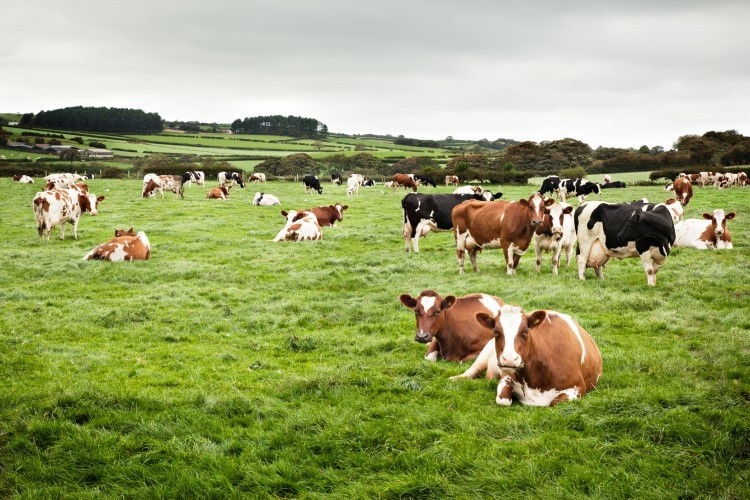
New Zealand dairy cooperative Fonterra has partnered with food giant Nestlé in a bid to develop a commercially-viable net-zero dairy farm. The methods and technologies used during the project will be shared with Fonterra farmers, who could then adopt what’s appropriate for their operations, says the co-op.
Nestlé encourages climate-smart agriculture initiatives through more than 100 pilot projects globally, including in New Zealand, the US, South Africa and Germany. The company partners with farmers to implement various regenerative measures, such as capturing methane, recycling water and producing renewable energy. This project is hoped to contribute towards meeting the sustainability ambitions of both Fonterra and Nestlé, who aim to reach net-zero by 2050.
A 10-year time frame
The project is set to kick-start in December 2022 and take place on a 290ha demonstration farm surrounding the co-op’s Whareroa site. Besides Nestlé and Fonterra, the farm will be run in partnership with Dairy Trust Taranaki, which will conduct research on the farming methods implemented during the trials.
Reductions will be sought across all on-farm greenhouse gas emissions through the adoption of more ‘emissions-efficient’ farming techniques. This includes cutting methane, nitrous oxide and carbon dioxide, including through so-called carbon removals such as tree planting.
The reductions in GHGs will be measured in kilograms of carbon equivalence, with carbon modelling undertaken at regular intervals. The plan is to cut 30% of emissions by mid-2027, with a 10-year ambition to reach net-zero.
Charlotte Rutherford, Fonterra group director, farm source, told DairyReporter: “We are confident of achieving net zero carbon and will undertake quarterly and annual carbon modelling, so we can check and adjust as necessary. Trialing and putting solutions in place takes time and investment, and the 10-year time frame provides a better opportunity for us to implement the changes needed to bring about our net zero aspirations.
“Testing solutions on the Whareroa farm in Taranaki over the next 5-10 years will provide rich data to inform whether it can become the first commercially viable net zero carbon dairy farm in New Zealand.”
How farmers will benefit
The project will also be a testbed designed to benefit the wider farming community, with know-how shared with Fonterra farmer owners through open days in a bid to encourage the adoption of sustainable practices.
In addition, the co-op and Nestlé will fund a separate initiative called The Greenhouse Gas Farmer Support Pilot. The program will see enrolled Fonterra supplying farms receive additional support to implement changes aimed at lowering their on-farm emissions, which could include solutions such as improved feed management and enhanced milk production efficiency. The scheme will commence with around 50 farms and then be scaled up over the next three years, with Fonterra estimating that about 120 farms will be recruited each year.
“Joining the pilot is completely voluntary for our farmers,” Rutherford explained. “Our Fonterra Sustainable Dairy Advisors will work closely with those involved to identify ways to reduce their on-farm emissions. It will be up to farmers to implement those or not. We anticipate that farmers who want to be part of the project will be open to making changes if they can see a benefit to their business.”
She added that farmers will be recruited by so-called field teams, who will seek to include farms from all regions. “Collectively, this needs to result in a pool of farms that, as a group, does not have a current footprint greater than the regional average, as the footprint we provide to Nestlé cannot be greater than what they currently receive,” she said. “The number of participating farms in total will be linked to the amount of product that Nestlé purchase from our co-op.”
